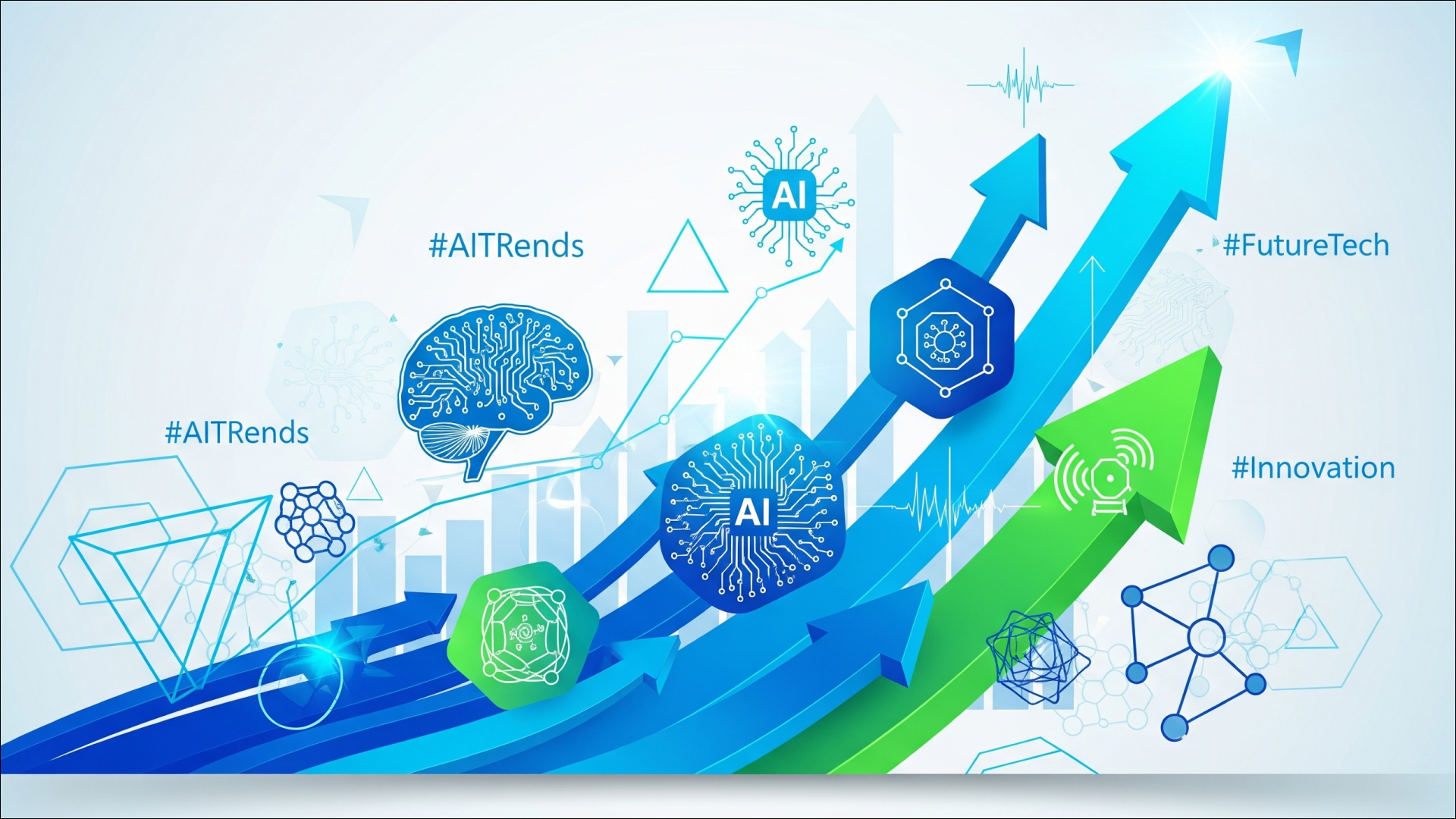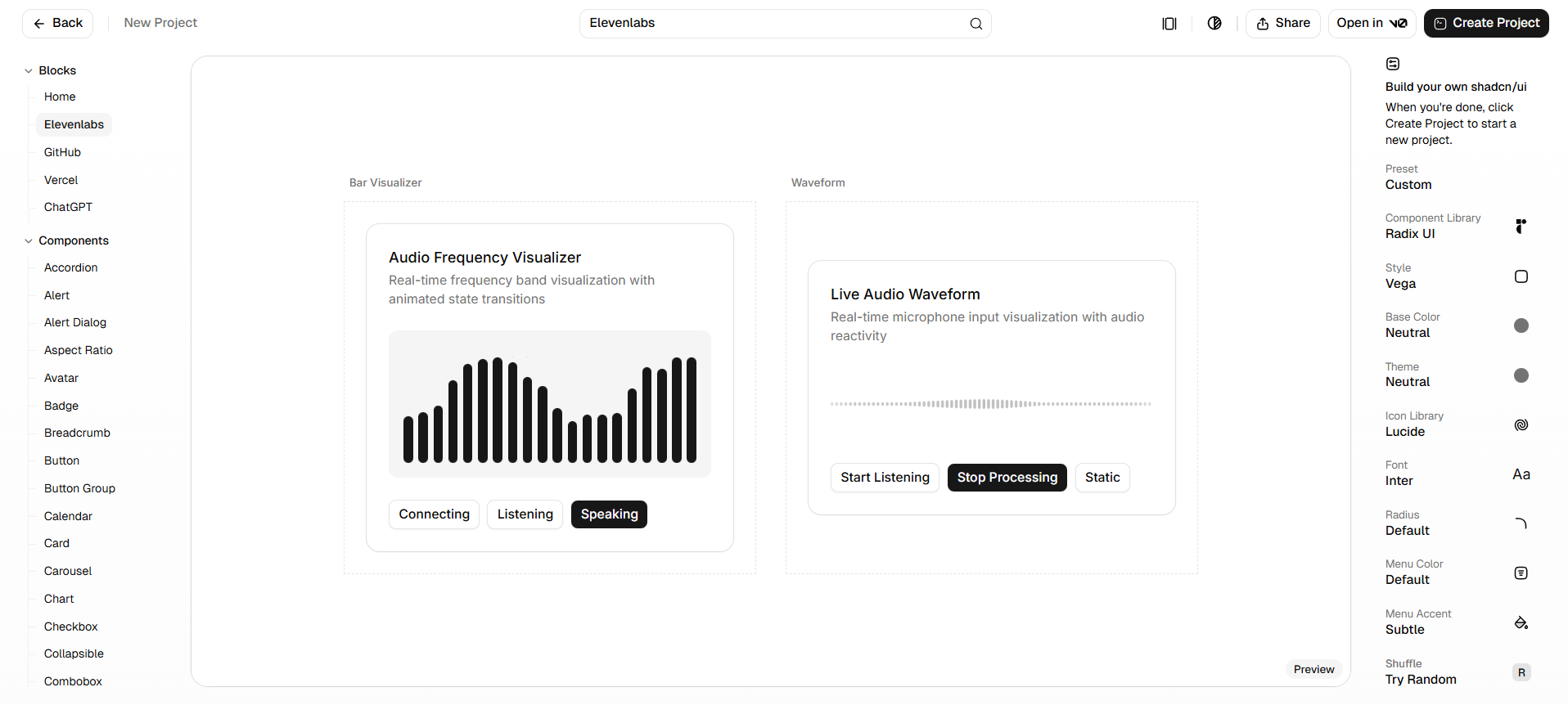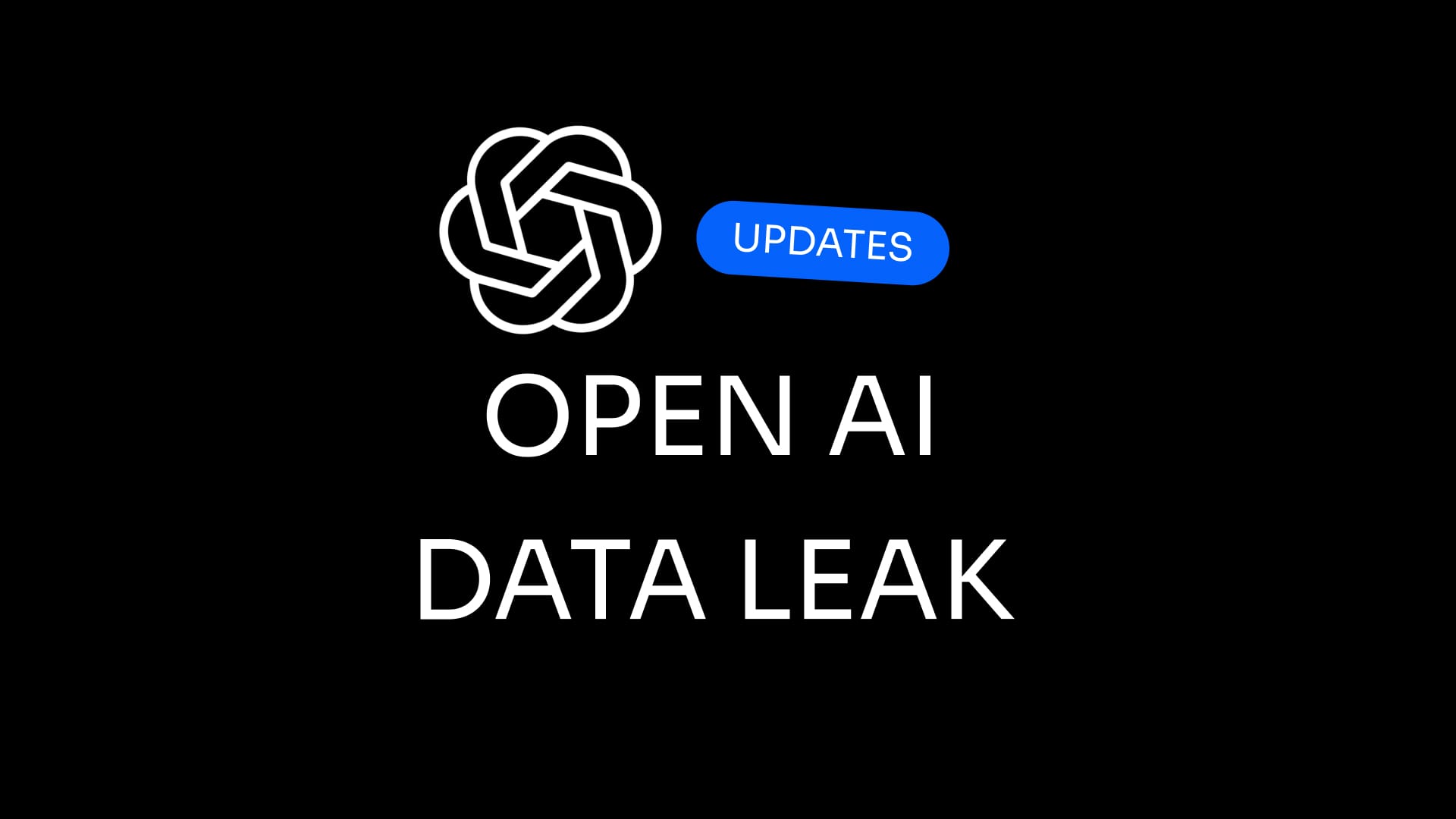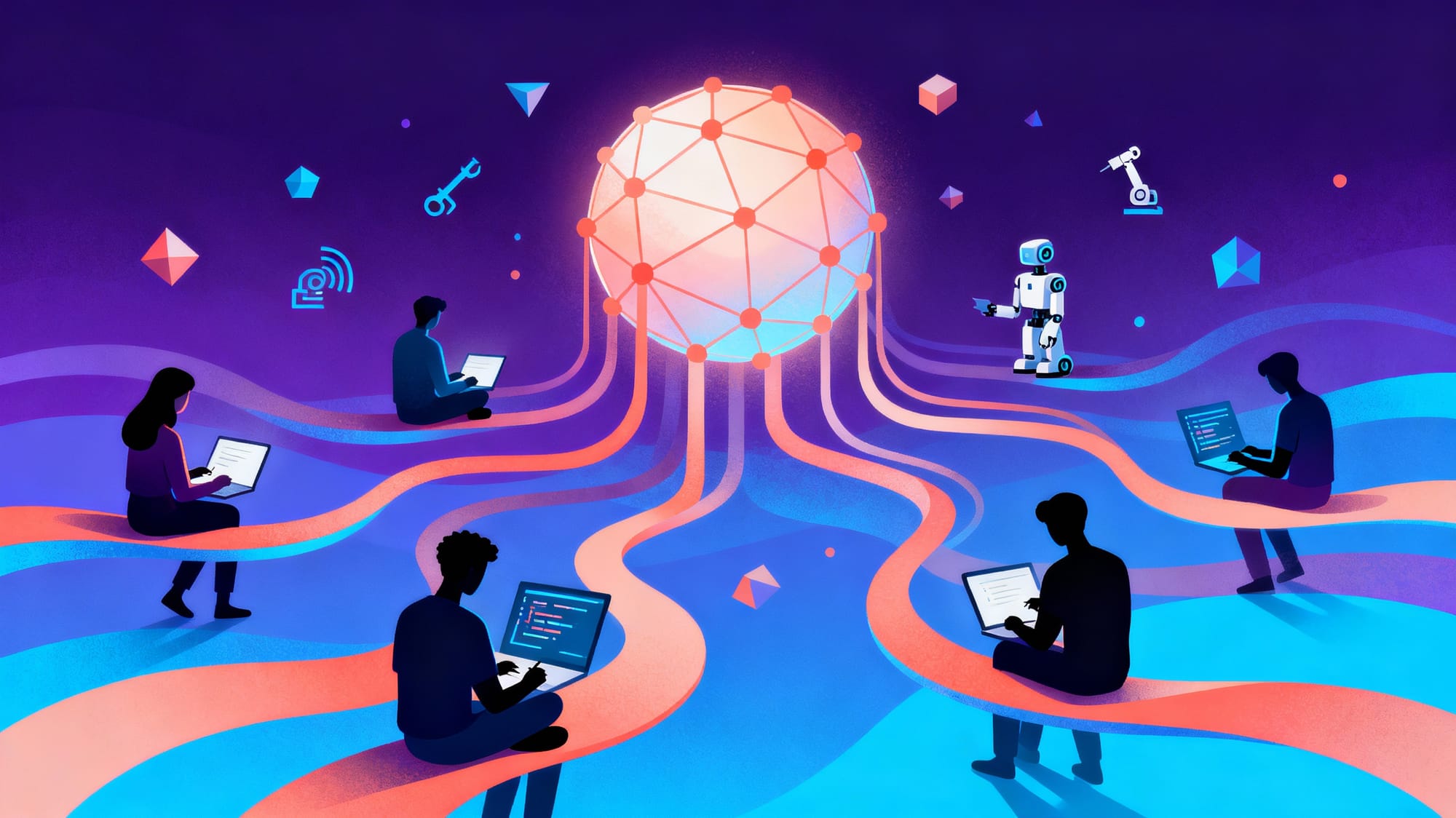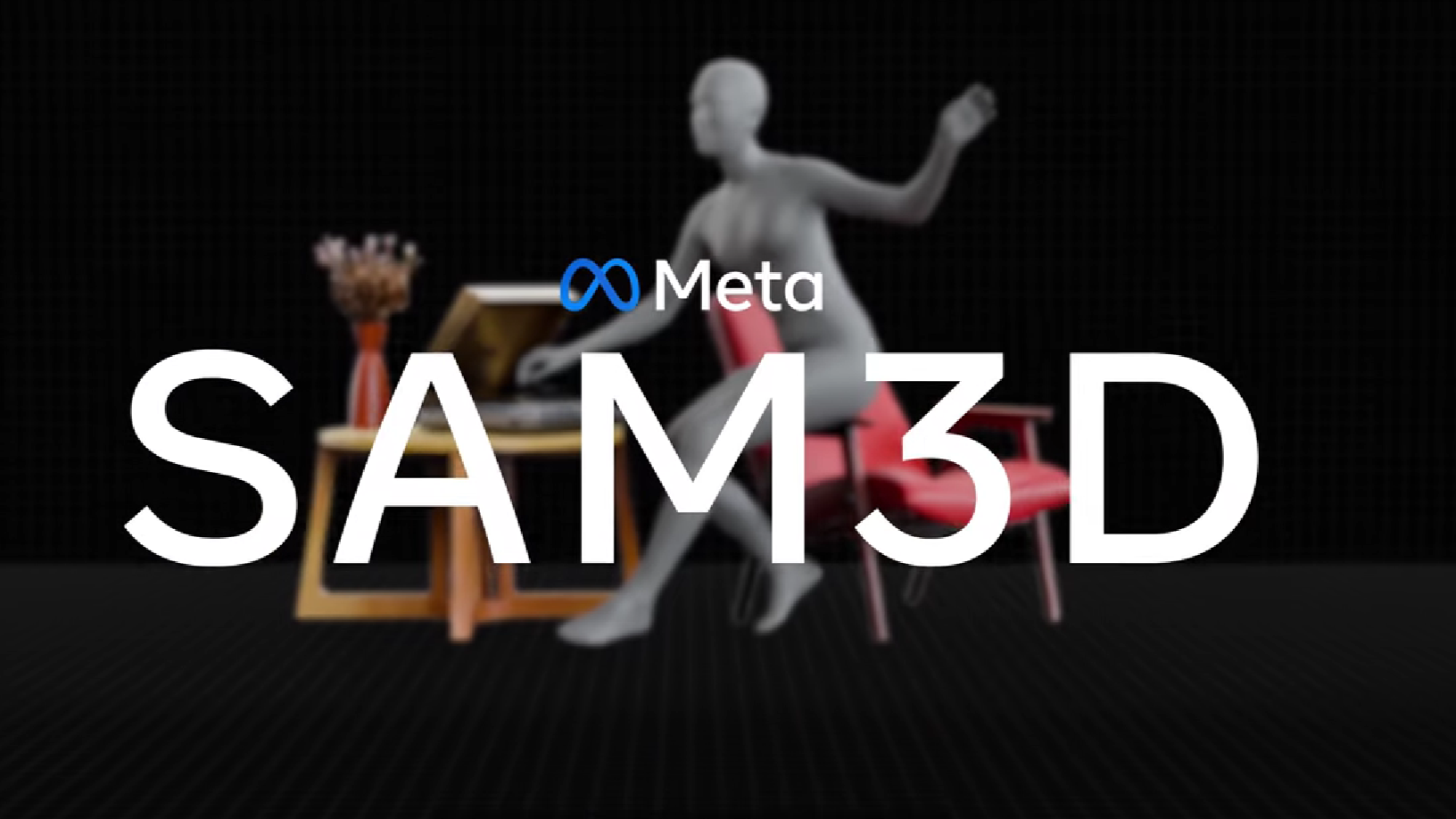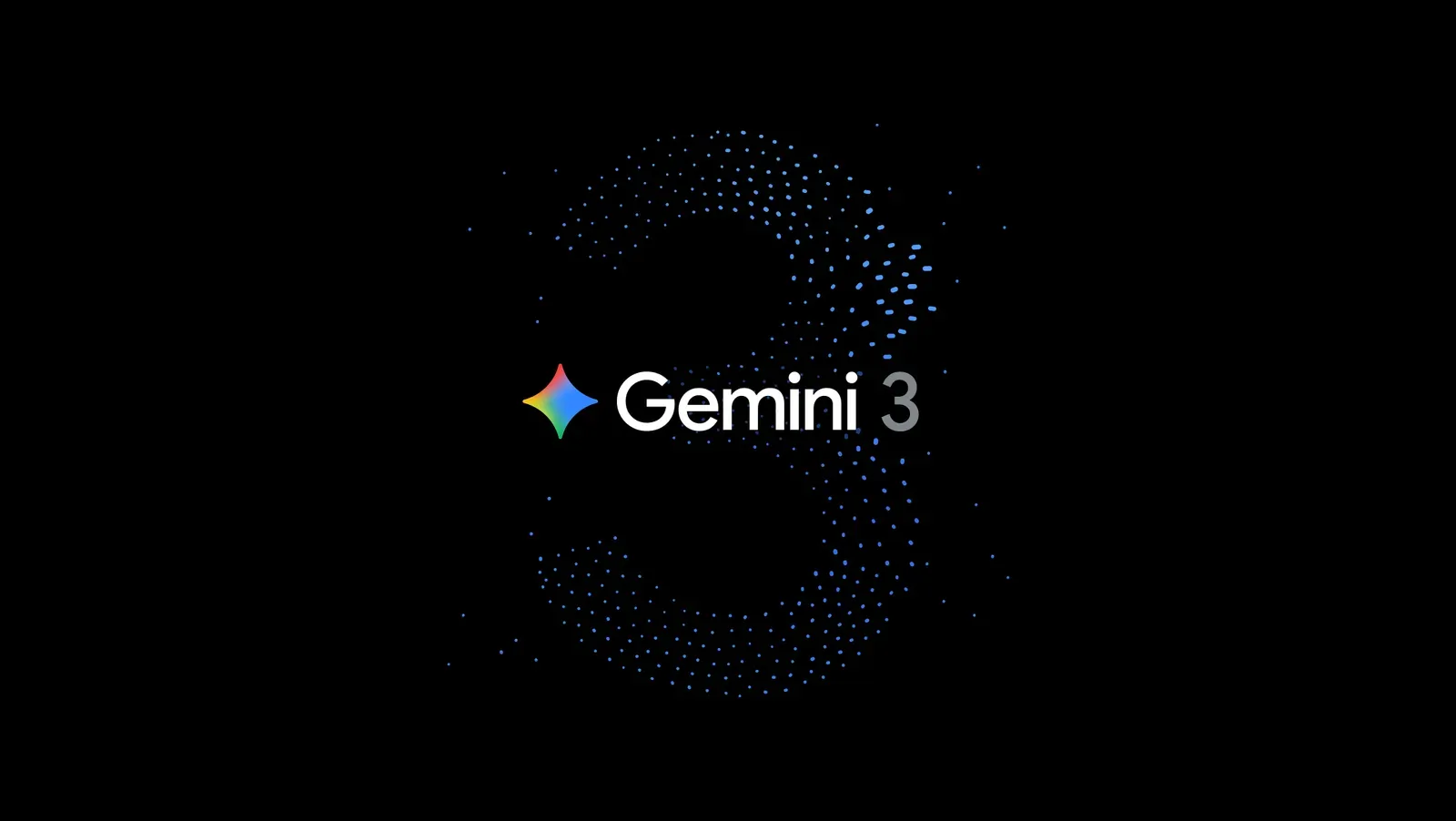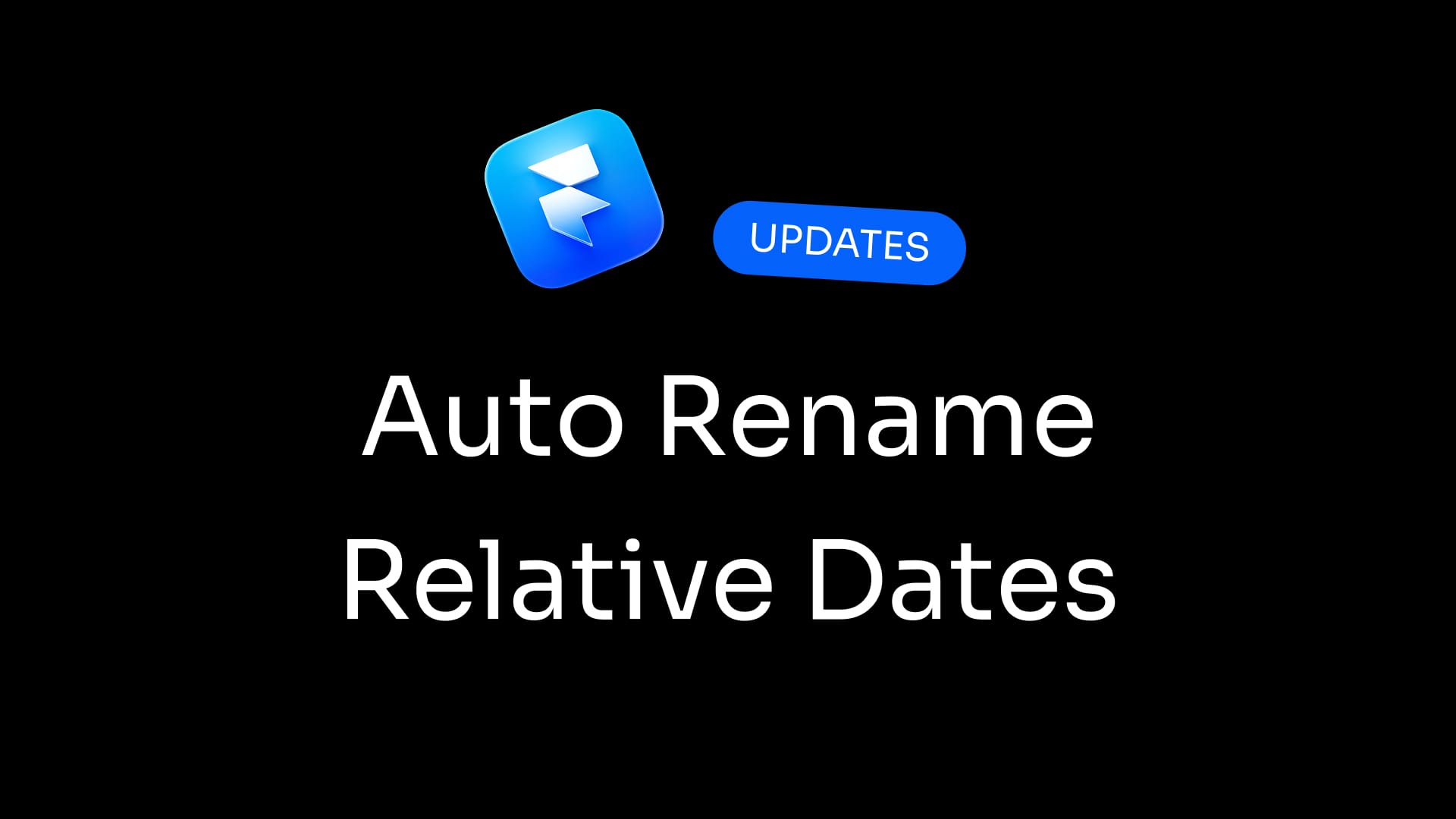Quick Summary
- AI Agents - The hottest trend: autonomous systems revolutionizing business processes
- Large Reasoning Models - Latest breakthrough enabling step-by-step AI thinking
- ASI (Artificial Super Intelligence) - The ultimate goal driving current AI development
- Model Context Protocol - Recent standardization connecting AI to external systems
- Explainable AI - Critical for 2025 regulatory compliance and trust
1. Agentic AI
The absolute hottest trend in AI right now. AI agents can reason and act autonomously to achieve goals, going far beyond simple chatbot responses. These systems perceive their environment, reason through problems, act on plans, and observe results in continuous cycles. Major companies are deploying AI agents as travel planners, data analysts, and DevOps engineers, making this the most transformative AI development of 2025. Try AI browser
2. Large Reasoning Models
The latest breakthrough in AI capabilities. Reasoning models are specialized LLMs trained to work through problems step-by-step before generating responses. When you see a chatbot pause and say "thinking," that's a reasoning model generating internal chains of thought. This technology is essential for AI agents and represents the cutting edge of AI problem-solving.
3. Artificial Super Intelligence (ASI)
While purely theoretical, ASI dominates AI discussions in 2025 as the ultimate goal of frontier labs. ASI systems would surpass human intelligence across all domains, potentially capable of recursive self-improvement. This concept drives current AI development strategies and investment decisions, making it crucial to understand despite not yet existing.
4. Model Context Protocol (MCP)
A recent standardization effort that's gaining massive traction. MCP provides a standardized way for AI systems to connect to external databases, code repositories, and services. Instead of custom integrations, MCP creates universal connections, making it a key infrastructure component for enterprise AI deployment in 2025.
5. Explainable AI
Increasingly critical as AI regulations tighten in 2025. Explainable AI makes AI decision-making transparent and interpretable. With new compliance requirements and ethical AI initiatives, explainability has moved from nice-to-have to absolutely essential for business AI applications.
📈 Highly Relevant: Established Technologies Still Evolving
6. RAG (Retrieval Augmented Generation)
Still extremely relevant for accurate AI responses. RAG combines retrieval and generation, first searching vector databases for relevant information, then including this context in AI prompts. This technology enables AI systems to access current, specific data rather than relying solely on training knowledge.
7. Vector Databases
The backbone supporting modern AI applications. Vector databases store data as mathematical vectors that capture semantic meaning, enabling similarity searches through mathematical operations. These databases power RAG systems and enable AI to find semantically similar content like matching images or related documents.
8. Mixture of Experts (MOE)
An architectural innovation gaining widespread adoption. MOE divides large models into specialized neural sub-networks, activating only needed experts for specific tasks. This approach efficiently scales model size without proportional compute increases—IBM's Granite models exemplify this architecture.
9. Generative AI
Well-established but continuously advancing. Generative AI creates original content—text, images, video, code—in response to prompts. While the concept is familiar, 2025 has brought significant improvements in quality, speed, and multimodal capabilities.
🏗️ Core Infrastructure: Foundation Technologies
10. Large Language Models (LLMs)
The foundation underlying most AI applications. LLMs are trained on massive text datasets to understand and generate human-like language. While established, LLMs continue evolving with better reasoning, longer context windows, and specialized capabilities.
11. Natural Language Processing (NLP)
Essential technology enabling human-computer communication. NLP allows computers to understand, interpret, and generate human language. It powers voice assistants, translation services, and conversational interfaces across all AI applications.
12. Computer Vision
Critical for visual AI applications. Computer vision enables computers to understand images and videos. This technology drives autonomous vehicles, medical imaging, manufacturing quality control, and augmented reality experiences.
📚 Fundamental Concepts: The Academic Foundation
13. Deep Learning
The technology behind most AI breakthroughs. Deep learning uses multilayered neural networks that simulate human brain decision-making. These networks identify complex patterns in data, enabling breakthrough applications across industries.
14. Neural Networks
The building blocks of modern AI. Neural networks consist of interconnected nodes designed to resemble brain structure. They process and analyze complex data by identifying patterns and relationships that traditional algorithms miss.
15. Supervised Learning
A fundamental training approach for AI models. Supervised learning uses labeled historical data to train models for predictions or classifications. It's "supervised" because training uses examples with known correct answers, commonly applied in spam detection and medical diagnosis.
16. Machine Learning (ML)
The broader category enabling AI advancement. ML allows algorithms to learn and improve through experience without explicit programming for every task. It encompasses supervised learning, unsupervised learning, and reinforcement learning approaches.
17. Artificial Intelligence (AI)
The foundational concept encompassing all intelligent machine behavior. AI enables computers to simulate human learning, comprehension, problem-solving, and decision-making. While broad, understanding AI's definition remains crucial for contextualizing all other developments.
So Far We Have Learned
The AI landscape in 2025 is dominated by autonomous capabilities (AI agents), advanced reasoning, and the infrastructure needed to support these systems. The most trending topics focus on practical deployment and regulatory compliance, while foundational concepts remain important for understanding how these systems work.
Current Market Impact and Future Implications
AI agents are transforming business operations faster than any previous AI technology. Companies implementing agentic AI report significant productivity gains and cost reductions. Reasoning models are enabling AI systems to handle complex tasks previously requiring human expertise.
The push toward ASI is driving unprecedented investment in AI research, while explainable AI requirements are reshaping how companies deploy AI systems. MCP standardization is accelerating enterprise AI adoption by simplifying integration challenges.
Frequently Asked Questions
Q: Why are AI agents suddenly so popular in 2025?
A: AI agents represent the first truly autonomous AI systems that can complete complex, multi-step tasks independently, offering practical business value beyond simple question-answering.
Q: What makes reasoning models different from earlier AI?
A: Reasoning models actually "think" through problems step-by-step before responding, similar to how humans approach complex challenges, leading to more accurate and reliable outputs.
Q: How close are we to achieving ASI?
A: ASI remains theoretical, but rapid advances in reasoning and agentic AI suggest we're progressing toward more sophisticated capabilities faster than many experts predicted.
Q: Why is explainable AI suddenly so important?
A: New regulations in 2025, increased enterprise adoption, and ethical concerns require AI systems to provide clear explanations for their decisions, especially in critical applications.
Q: Should businesses prioritize these trending technologies?
A: Focus on AI agents and RAG systems for immediate business impact, while building explainable AI capabilities for compliance and trust.
Key Takeaways
- AI agents dominate 2025: Autonomous systems are the most transformative AI development, offering practical business solutions
- Reasoning capabilities are crucial: Step-by-step thinking models enable more sophisticated problem-solving
- Infrastructure matters: Vector databases, MCP, and RAG systems provide the foundation for advanced AI applications
- Compliance is essential: Explainable AI has moved from optional to mandatory for enterprise deployment
- Foundation knowledge remains important: Understanding core concepts helps evaluate and implement trending technologies effectively



